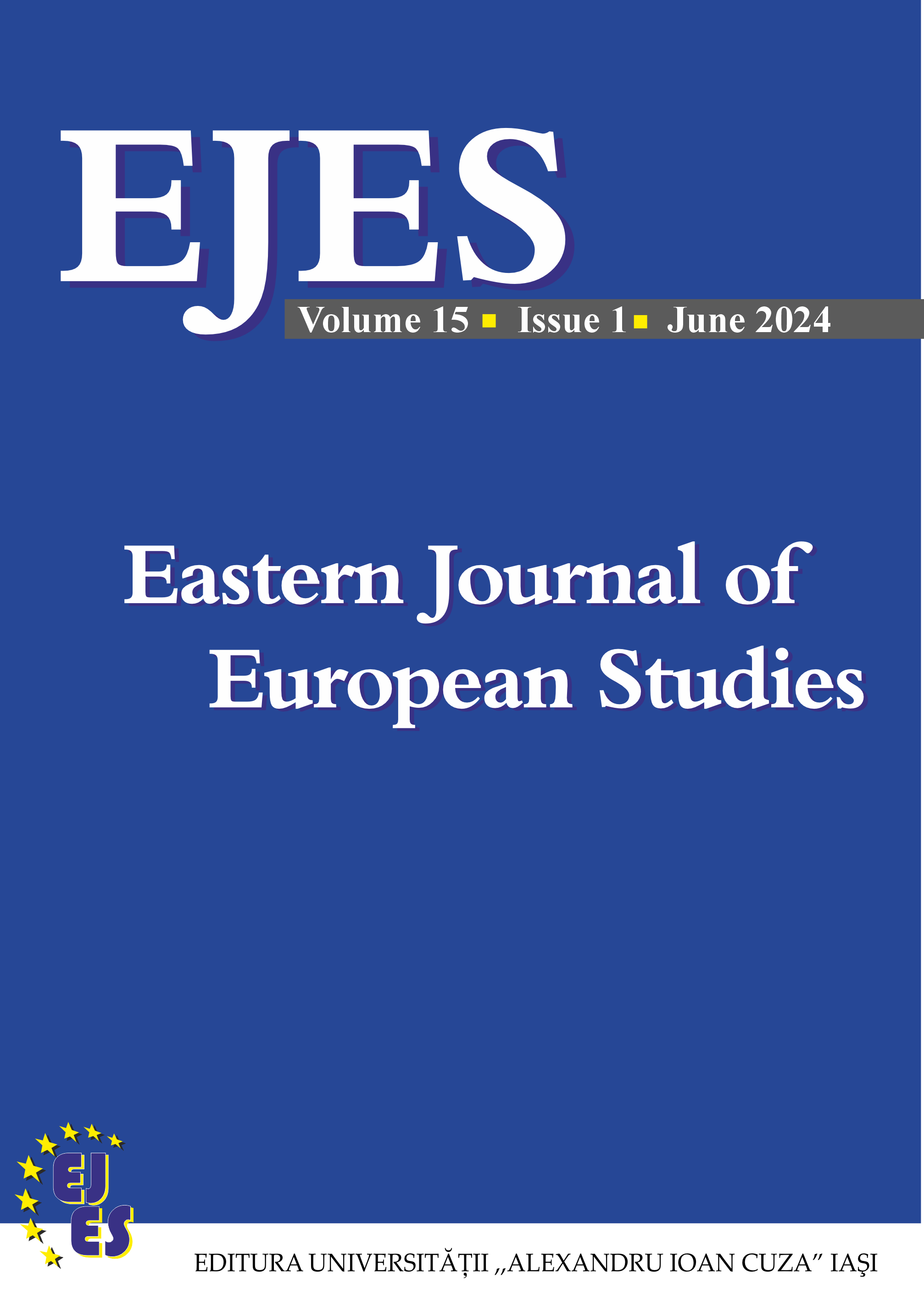The role of socioeconomic variables in the regional inequalities of COVID-19 mortality in Hungary
The role of socioeconomic variables in the regional inequalities of COVID-19 mortality in Hungary
Author(s): Balázs Páger, Csaba G. Tóth, Annamária UzzoliSubject(s): Politics / Political Sciences, Geography, Regional studies, Regional Geography, Governance, Socio-Economic Research
Published by: Editura Universităţii »Alexandru Ioan Cuza« din Iaşi
Keywords: COVID-19; socio-spatial inequality; spatial autocorrelation; district-level; Hungary;
Summary/Abstract: Hungary is one of the five countries in the World which were most affected by the pandemic in terms of registered COVID-19 mortality up to 2023. Our research aims to identify those socioeconomic variables that explain the geographical distribution of registered district-level COVID-19 mortality in Hungary. Using OLS and spatial regression, we found that the higher share of elderly people and respiratory death rate were associated with a more severe mortality burden. Educational attainment was negatively associated with COVID-19 mortality. Variables related to healthcare access were not found to be significantly associated with district-level COVID-19 mortality. Our results indicated that the spatial term of COVID-19 mortality is significant. Positive spatial autocorrelation can be observed in some less developed districts and a few inner peripheral areas where COVID-19 mortality was relatively high, and relatively developed areas like the agglomeration area of the capital in which COVID-19 mortality was low.
Journal: Eastern Journal of European Studies
- Issue Year: 15/2024
- Issue No: 1
- Page Range: 272-297
- Page Count: 26
- Language: English

